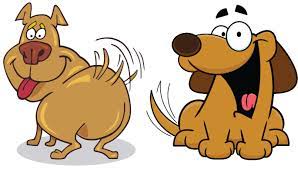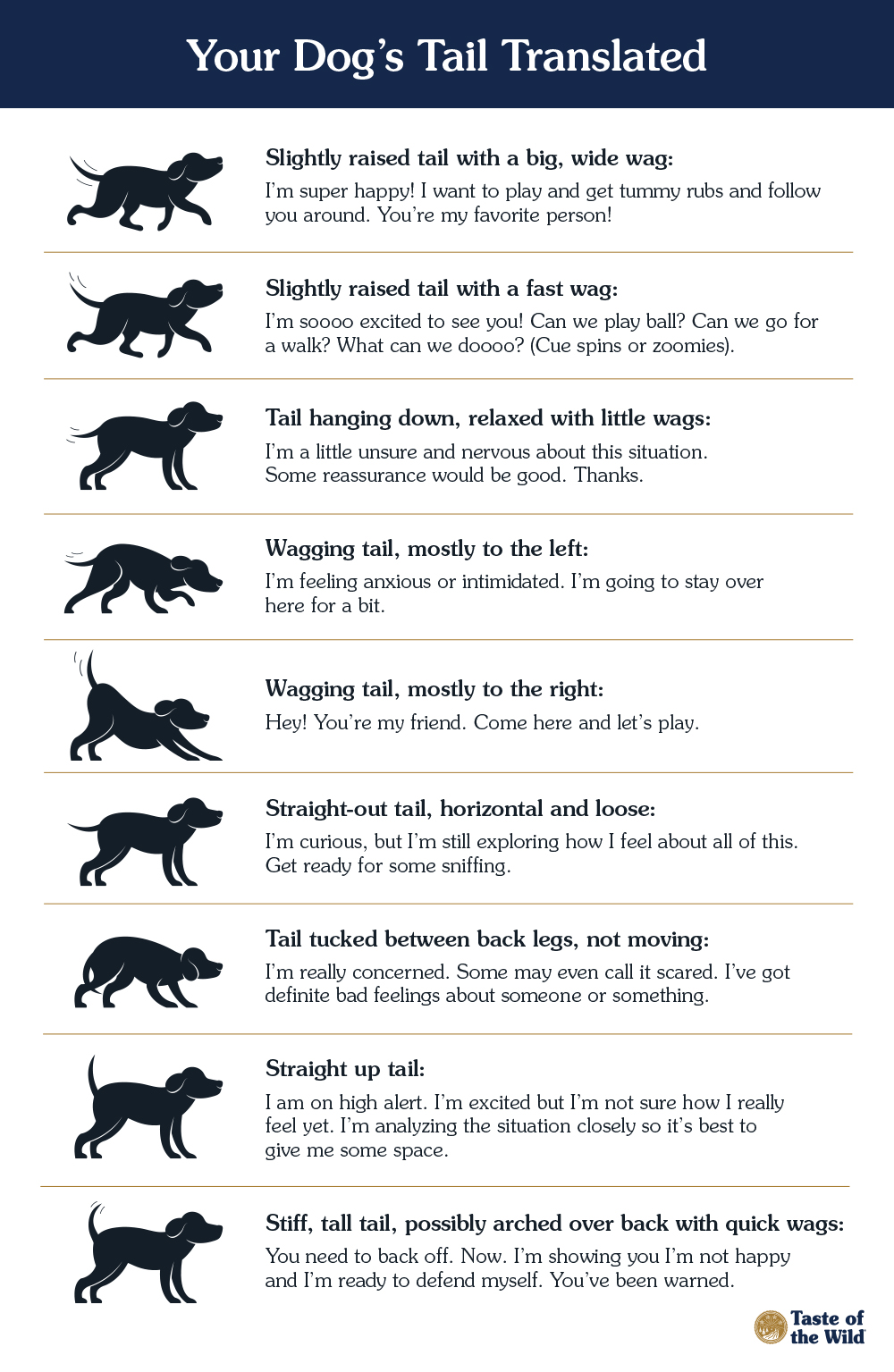Much is known about what some tail wags mean in our canine friends and family, but a lot still remains unknown about this common behavior.
Most people recognize a dog wagging his/her tail as a gesture of being happy. However, this might not always be true and scientists still have questions.
Domesticated dogs use their tails to communicate. Scientists have learned what some types of wags mean. It is unknown why dogs seem to wag more than other canines. We also don’t know how much of it is under their control. Learning more about how and why a dog wags its tail could help us learn not just about dogs, but about humans.
Silvia Leonetti is an ethologist — someone who studies animal behavior — at the University of Turin in Italy. She and her colleagues are studing tail wagging and trying to figure out what parts of wagging are not understood and where these behaviors originated in canine evolution along with humans.
The tales tails tell
One main thing that researchers know, Leonetti and her colleagues note: Dogs wag to communicate. In contrast, whales use their tails for locomotion. Horses use their tails to swat bugs. Wagging also means different things depending on how the tail wags.
For instance, a dog might wag its tail more to the right side. That typically means the dog is interested or wants to approach something. A wag more to the left could signal uncertainty, or mean the dog wants to back away. A wag low and near the legs can be a sign of submission or fear. Much more research needs to be done to understand the language of tail wags.
Here is a commonly used chart of tail wags and the possible meanings: (Click to enlarge in a new tab)
 Journal: S. Leonetti et al. Why do dogs wag their tails? Biology Letters. Vol. 20, January 2024. doi: 10.1098/rsbl.2023.0407.
Journal: S. Leonetti et al. Why do dogs wag their tails? Biology Letters. Vol. 20, January 2024. doi: 10.1098/rsbl.2023.0407.
